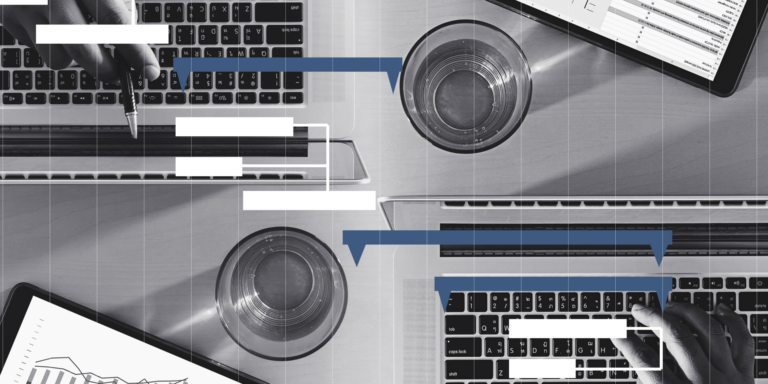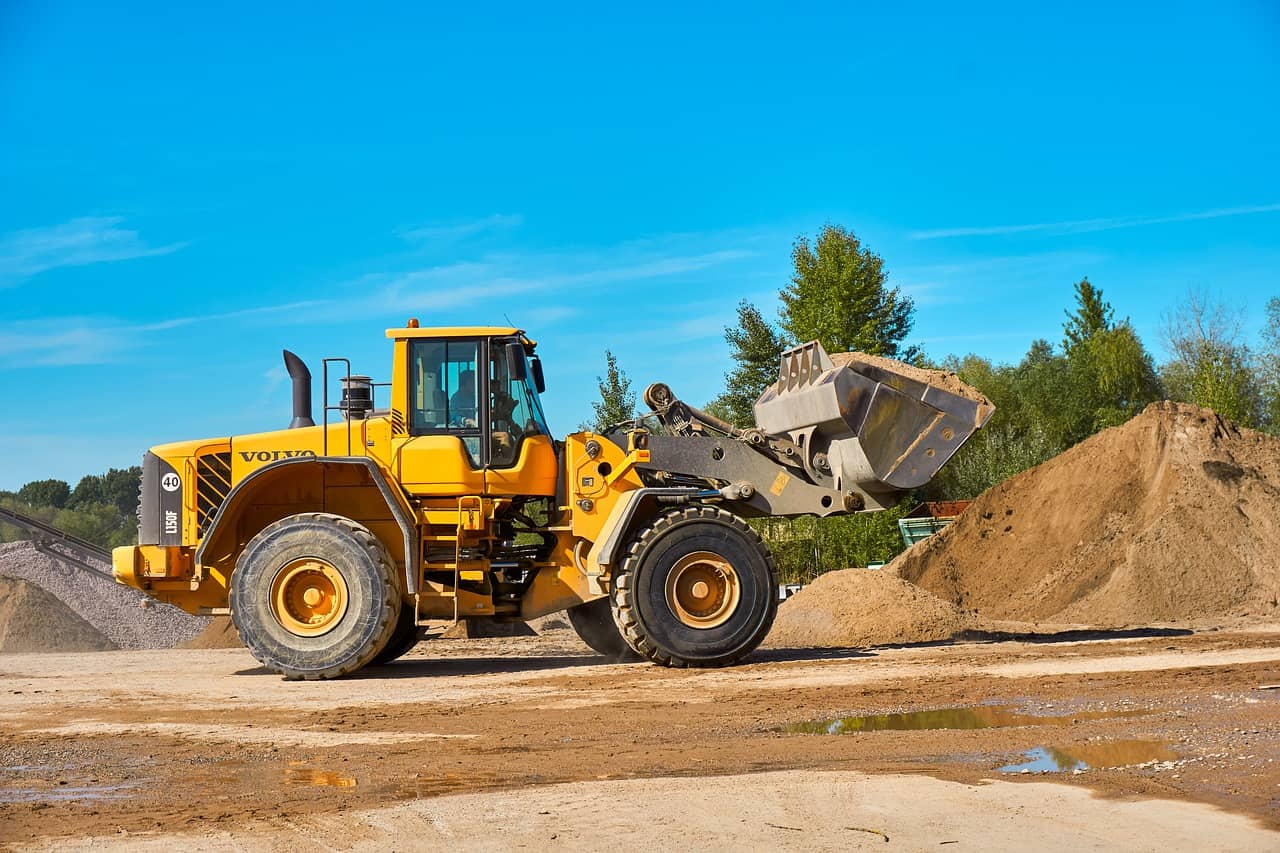As well as having a documented health and safety policy, the Management of Health and Safety at Work Regulations 1999 (2000 in Northern Ireland) mandates that all UK employers conduct a comprehensive risk assessment to gauge the health and safety threats that their workers and others may encounter due to their business operations. These evaluations are crucial for determining the necessary actions and protocols to safeguard your employees and external parties throughout the business day.
It’s important for employers to be aware that specific national laws also stipulate the need for a fire risk assessment of their work environment and premises. This assessment can be combined with the general health and safety evaluation or performed separately.
Essentially, a health and safety risk assessment involves a meticulous review of potential hazards in your workplace that could endanger your staff or clients. It serves to refine your existing safety measures and shield your most important resource—your employees. The goal of a risk assessment isn’t to generate excessive paperwork but to pinpoint practical steps to reduce workplace risks. Chances are, you’re already implementing protective measures for your staff, but a risk assessment will aid in verifying if all necessary precautions have been taken.
Focus on the likelihood of accidents and health issues occurring, prioritising those with higher probability and greater potential harm. For certain risks, there may be specific control measures that need to be implemented by other regulations. Your evaluation will assist in identifying which risks and corresponding control measures warrant closer examination.
For businesses with five or more employees, it’s a legal requirement to maintain written documentation of their health and safety risk assessments. Nonetheless, even if your workforce is smaller, it’s considered best practice to keep a record of your risk assessment findings.
Completing a Health and Safety Risk Assessment
To complete a risk assessment, the HSE recommends employers carry out the following 5 actions:
Identify the Hazards
A critical element of your risk assessment process is the precise recognition of potential dangers in your workplace. Begin by surveying your work environment to spot any risks. Consider the aspects of your work activities, procedures, or materials that could potentially cause injury or health issues for your staff.
Familiarity with your workplace can sometimes cause certain risks to go unnoticed. To ensure you pinpoint the significant hazards, consider the following advice:
- Include irregular tasks in your assessment, such as maintenance, cleaning, or variations in production schedules.
- Consider chronic health risks like persistent noise or contact with hazardous substances.
- Consult manufacturers’ guidelines or information sheets for chemicals and equipment, which can offer valuable insights into the risks and their actual impact.
- Examine past records of accidents and health issues, which can reveal less apparent hazards.
Decide who might be harmed and how
Consider the individuals (both staff and customers) who could be affected by potential hazards and the nature of the harm they could face. Engage with your staff to gather their insights on potential dangers—they might spot risks that aren’t immediately apparent to you and could offer valuable suggestions for risk mitigation.
When evaluating each hazard, it’s essential to determine who could be at risk. This will guide you in devising the most effective risk control measures. Instead of naming individuals, categorize groups of people who might be at risk, such as those in the stockroom or bystanders.
Keep in mind:
- Pinpoint the ways in which different people or groups could be harmed and the types of injuries that might occur. Consider those who aren’t always present in the workplace, like visitors, contractors, and maintenance personnel.
- Account for individuals with disabilities, contractors, and the general public.
- Be mindful of employees with specific requirements, including newcomers, young workers, migrant laborers, pregnant or nursing mothers, individuals with disabilities, temporary staff, contractors, remote workers, and those working alone.
- Confirm with your employees whether all potential at-risk individuals have been considered.
Evaluate the risks and decide on precaution
Once you’ve pinpointed the hazards, it’s crucial to assess the probability of harm occurring, i.e., the risk level, and determine the appropriate response. Life inherently involves risk, and complete elimination is not the expectation. Your responsibility is to be aware of the primary risks and manage them sensibly.
The principle of ‘reasonably practicable’ should guide your actions to safeguard individuals from harm. This involves weighing the risk against the efforts required to manage it, considering cost, time, and difficulty. However, actions are not necessary if they are vastly disproportionate to the risk level. Your risk assessment should reflect foreseeable risks, not those beyond reasonable prediction.
Reflect on your current safety measures and controls. Consider:
- Is it possible to completely remove the risk?
- If not, how can I manage the risks to make harm unlikely?
Here are some actionable steps you might consider:
- Opting for a safer alternative
- Restricting access to the hazards
- Reorganising work to minimise hazard exposure
- Providing personal protective equipment (PPE)
- Offering welfare amenities like first aid and hygiene facilities
- Engaging and consulting with your workforce
Enhancing health and safety doesn’t have to be expensive. Neglecting basic safety measures can lead to greater costs if an incident occurs. By involving your employees, you ensure the feasibility of your safety plans and prevent introducing new risks.
You might encounter standardised assessments from trade groups, employer organisations, or other entities related to your field. These can be applied to your workplace if:
- You confirm that the standard assessment suits your work type.
- You tailor the assessment to your specific work environment, including any necessary adjustments to address hazards and risks not covered in the standard assessment.
Record your significant findings
Document the key findings of your risk assessment—identify the hazards, who could be harmed and how, and the measures you’ve implemented to manage the risks. Keep the documentation straightforward, concentrating on control strategies. If your business has less than five employees, recording is not mandatory, but it’s beneficial for future reference if circumstances change. For businesses with five or more employees, documentation is a legal requirement.
The records should facilitate risk communication and management within your business. This doesn’t have to be an extensive task—simply jot down the critical risks and your determinations.
Your risk assessment should be comprehensive and adequate, demonstrating that:
- A thorough inspection was conducted.
- You considered who might be impacted.
- You addressed all significant, evident hazards, considering the potential number of people affected.
- The safety measures are sensible, and the residual risk is minimal.
- You consulted your workforce or their representatives in the process.
In environments where work dynamics or locations frequently change, like construction sites, or where employees work across various sites, your risk assessment should encompass a wider spectrum of foreseeable risks.
Should your risk assessment reveal multiple hazards, prioritise them and tackle the most severe ones first. Focus on long-term remedies for the most consequential risks and those with a higher likelihood of causing accidents or health issues. Determine if there are quick fixes that can be applied immediately, even as temporary solutions, until more steadfast controls are established.
Keep in mind, the more severe the hazard, the more robust and dependable the control measures must be to mitigate the risk of injury.
Review your assessment periodically and update it when necessary
Work environments are dynamic; changes are inevitable. New equipment, materials, and processes may introduce fresh hazards. It’s vital to periodically reassess your risk management strategies. Reevaluate your risk assessment by considering:
- Have there been any significant changes?
- Are the any unaddressed improvements?
- Have there been any issues identified by employees?
- Do you have any insights from incidents or near misses?
Conduct a formal review of your risk assessment annually. Stay informed about any updates, including new equipment and processes that might present new risks.
Additional Action Items
Consider implementing the following measures:
- Assess workplace risks both current and potential. Hiring external specialists for this task is an option.
- Seek expert guidance when updating processes or machinery to prevent introducing new risks. Stay informed about emerging hazards in your field.
- Regularly discuss workplace risks with your team, examining each element for unnoticed dangers.
- Establish a routine self-check system to monitor existing safety measures and spot emerging risks. Encourage a culture where employees promptly report safety concerns.
- Learn investigative techniques for incidents to improve future prevention strategies.
- Analyse past health and injury records over several years to spot trends and refine your safety programs. Regularly check recent months for any new patterns.



